#Prince Andrew of Greece
Explore tagged Tumblr posts
Text
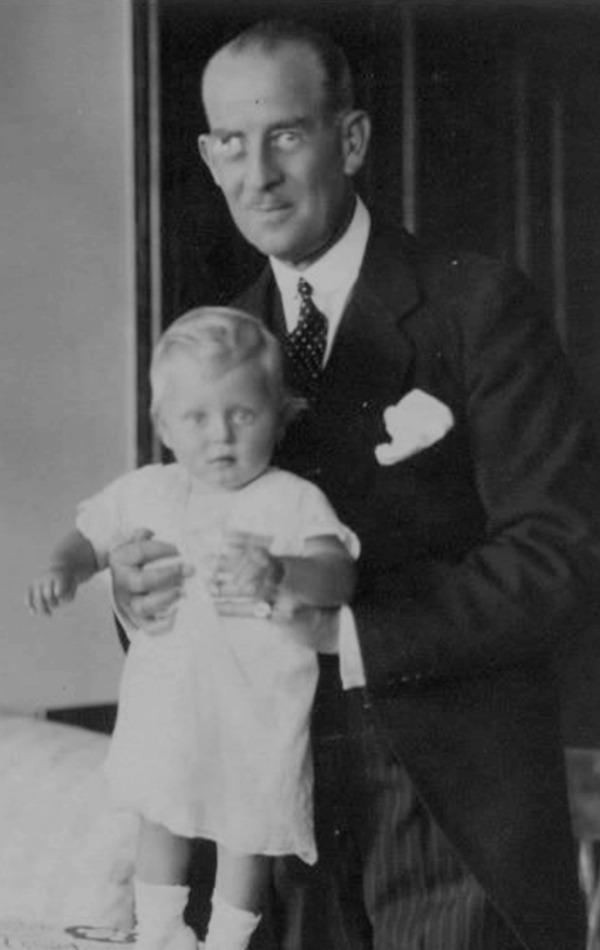
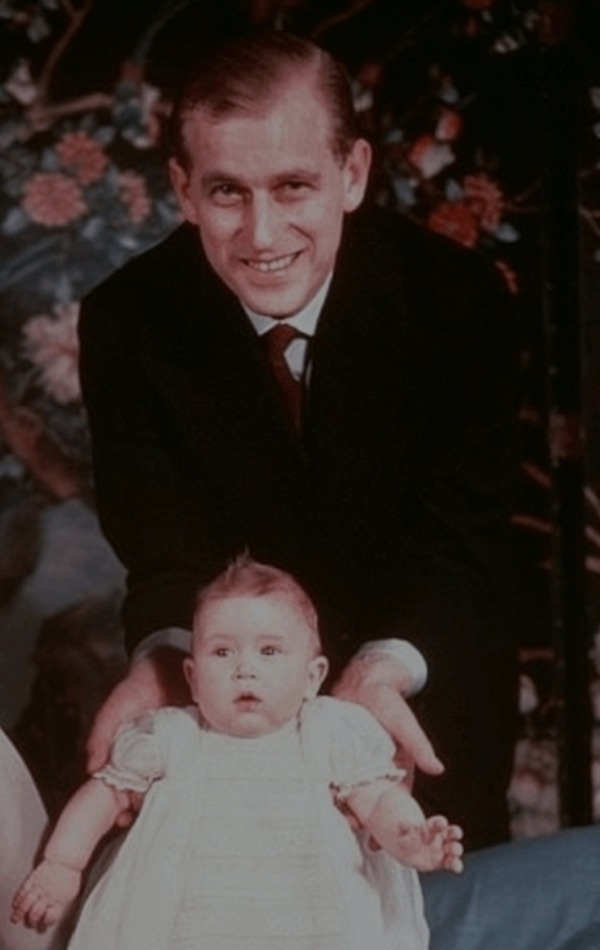
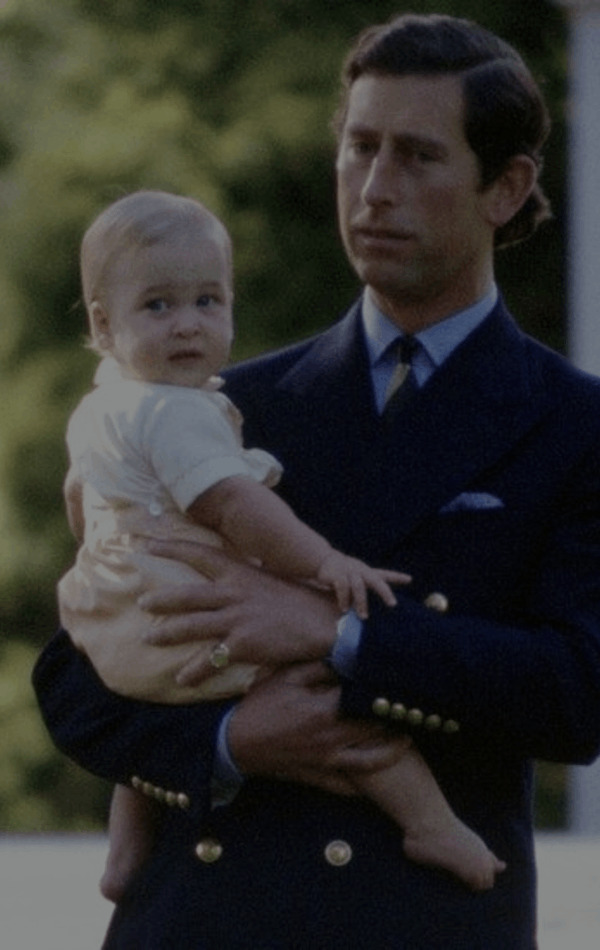

𝐹𝐴𝑇𝐻𝐸𝑅 𝐴𝑁𝐷 𝑆𝑂𝑁 || Andrew & Philip↪Philip & Charles↪Charles & William↪William & George
#its not the same making edits on phone but oh well :'')#Baby George was the cutest 🥺 man 😭#Prince Andrew of Greece#Prince Philip#Prince Charles#King Charles iii#Prince of Wales#Prince William#Prince George#BRF#British royals#Royal family#my edit#Happy Father's day
428 notes
·
View notes
Text
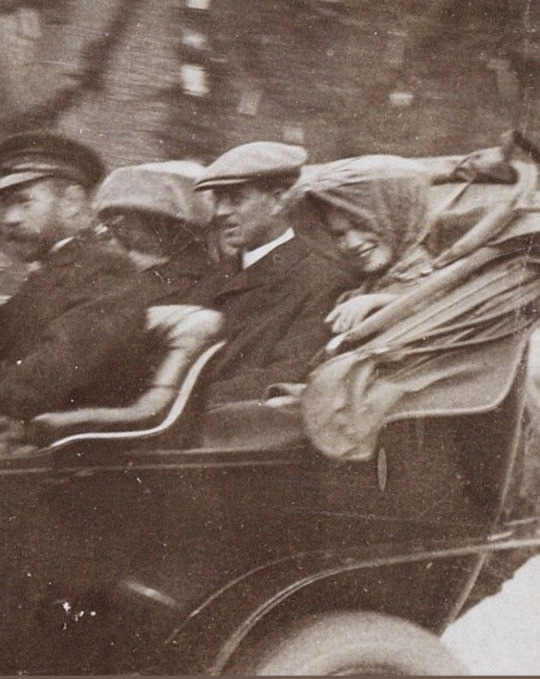
Crop of a smiling Grand Duchess Olga Nikolaevna with father Tsar Nicholas II, 1st-cousin-in-law and 1st-cousin-once-removed Prince Andrew of Greece and Denmark, and probably Grand Duchess Tatiana Nikolaevna, 1910
#olga nikolaevna#tsar nicholas ii#Prince Andrew of Greece and Denmark#1910#Romanovs#Romanov#OTMA#greek royal family#russian imperial family#russian history#prince Andrew#prince Andrew of Greece#Nicholas ii#grand duchess olga nikolaevna
97 notes
·
View notes
Photo
This is really a historical photograph.

The Greek Royal Family in 1903, featuring a number of Romanovs. Queen Olga Konstantinovna (center, with granddaughter Helen), Grand Duke Georgiy Mikhailovich (back, second from right, behind his wife Maria holding their daughters Nina and Xenia Georgievna) and Elena Vladimirovna, seated on the right, with her baby daughter Olga.
At the center in the back are Andrew and Alice, the future parents of Prince Philip, Duke of Edinburgh. Alice was a niece of Alexandra Feodorovna’s.
#russian history#romanov dynasty#Greek Royal Family#Queen Olga Konstantinovna#Grand Duke Georgiy Mikhailovich#Grand Duchess Maria Georgievna#Princess Nina Georgievna#Princess Xenia Georgievna#Grand Duchess Elena Vladimirovna#Princess Olga of Greece#Prince Andrew of Greece#Princess Alice of Greece
141 notes
·
View notes
Text


Prince Andrew of Greece and Denmark with his daughters Theodora and Cecilie 1910s.
#prince andrew of greece and denmark#Princess Theodora of Greece and Denmark#princess cecilie of greece and denmark#Andrew of Greece and Denmark#Theodora of Baden#cecilie of hesse
51 notes
·
View notes
Text

1903 wedding of Princess Victoria Alice Elizabeth Julia Marie of Battenberg and Prince Andrew of Greece and Denmark at the Darmstadt Palace. You can spot the Russian Imperial family among the guests
German vintage postcard, mailed in 1903
#vintage#palace#tarjeta#darmstadt#briefkaart#spot#andrew#postcard#victoria alice#photography#battenberg and prince andrew#julia#marie#greece#postal#victoria#wedding#carte postale#german#sepia#denmark#family#ephemera#julia marie#princess#historic#guests#russian#1903#elizabeth
11 notes
·
View notes
Text







Josefine Swoboda (29 January 1861 – 27 October 1924) was an Austrian artist who focused on watercolor portraits. She was from a family of artists and her first lessons in painting were done with her father Eduard Swoboda.
In 1890 she earned the title of court painter from Queen Victoria. She would work off and on for the British royal family until 1899.
Alexandra, Princess of Wales 1895
Princess Alice of Battenberg 1891
Princess Victoria Eugenie of Battenberg 1890
Princess Marie Louise of Schleswig-Holstein 1897
Prince Leopold of Battenberg 1890
Princess Patricia of Connaught
Princess Elizabeth of Hesse and by Rhine 1899
Source of paintings: Royal Collection Trust
#Princess Alexandra of Denmark#Alexandra Princess of Wales#Princess Alice of Battenberg#Princess Andrew of Greece and Denmark#Princess Victoria Eugenie of Battenberg#Queen Victoria Eugenie of Spain#Princess Marie Louise of Schleswig-Holstein#Prince Leopold of Battenberg#Princess Patricia of Connaught#Princess Elizabeth of Hesse and by Rhine#Josefine Swoboda#art#portrait#watercolor#Austrian artists#Woman artist#Female artist
3 notes
·
View notes
Text

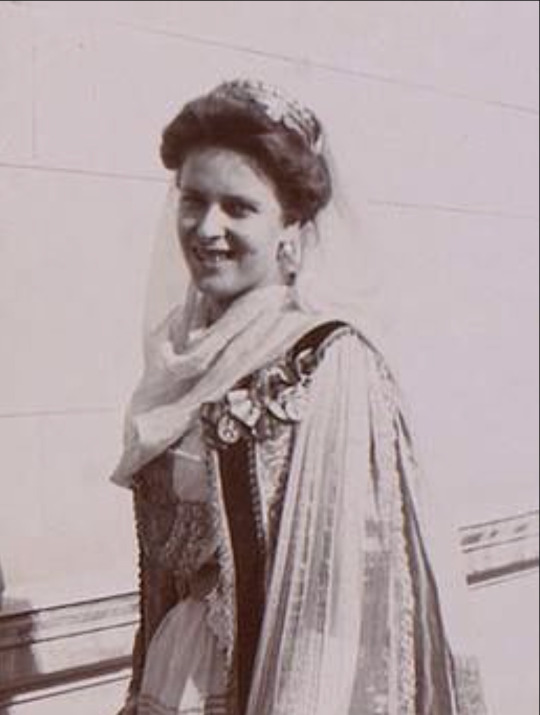
Princess Alice of Battenberg (Victoria Alice Elizabeth Julia Marie; 1885 – 1969) - Princess of Greece and Denmark
One of her Great-Grandmothers was Queen Victoria; her maternal grandmother was Alice, Grand Duchess of Hesse and by Rhine; her mother was Princess Victoria of Hesse and by Rhine, sister of Empress Alexandra Feodorovna of Russia; her father was Prince Louis of Battenberg. Her son was Prince Phillip, consort of Queen Elizabeth II.
She married Prince Andrew of Greece and Denmark
She had five children: Margarita, Princess of Hohenlohe-Langenburg
Theodora, Margravine of Baden
Cecilie, Hereditary Grand Duchess of Hesse
Sophie, Princess George of Hanover
Prince Philip, Duke of Edinburgh
Alice suffered incredibly through her life, but she did not let that stop her from always thinking of others; she was born with a hearing deficit and her brilliant mother Victoria, taught her to lip read not in one but several languages. She had a husband who preferred to gamble in Montecarlo to being with his wife and children or...anything else. She was diagnosed with squizophrenia (there is no evidence that this was a correct diagnosis even though it was issue by Dr. Freud himself) and her pelvic organs irradiated to produce an early menopause (this was supposed to relieve the symptoms according to the medical thinking of the times). She lost her daughter Cecilie in a plane crash.
Yet, like her grandmother Alice, helping others came to her naturally. Israel gave her the award Righteous Among the Nations, bestowed on people who risked their own lives to help Jewish people survive the Holocaust. She worked for the Swiss Red Cross.
The princess founded a nursing order of Greek Orthodox nuns, the Christian Sisterhood of Martha and Mary, modelled after the convent that her aunt, the martyr Grand Duchess Elizabeth Feodorovna, had founded in Russia in 1909. She dedicated herself to helping others but eventually the order failed because of lack of funds.
And besides all of that, she was beautiful.
She died at Buckingham Palace at the age of 84.
(I have to add something here: Alice's smile in the picture is one of the most open, sweetest, tenderest, and most beautiful smiles I have ever seen. It filled me with awe, and thinking about her life brought tears to my eyes)
#brf#Princess Alice of Greece and Denmark#Prince Phillip#Victoria of battenberg#Louis of Battenberg#Prince Andrew of Greece and Denmark#Grand Duchess Alice of Hesse and By Rhine
26 notes
·
View notes
Text

4 notes
·
View notes
Text
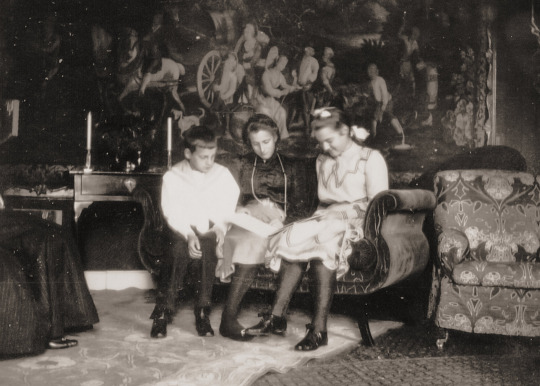
Princess Louise of Battenberg (middle) with her cousins (foster cousins) Grand Duchess Maria Pavlovna (the younger) and Grand Duke Dmitri Pavlovich,
Princess Alice of Battenberg and Prince Andrew of Greece and Denmark’s wedding celebrations, Germany 1903
#princess Louise of Battenberg#maria pavlovna the younger#Maria Pavlovna#dmitri pavlovich#germany#1903#alice of battenberg#princess alice of battenberg#princess Alice of Greece and Denmark#prince andrew of greece and denmark#greek royal family#romanov#battenberg
40 notes
·
View notes
Text

Prince Philip (above middle) was the youngest child and only son of Prince Andrew of Greece and Denmark (right) and Princess Alice of Battenberg (left)
Prince Philip was born in Corfu in 1921 eight years after the assassination of his grandfather, King George I of Greece.
18 notes
·
View notes
Text
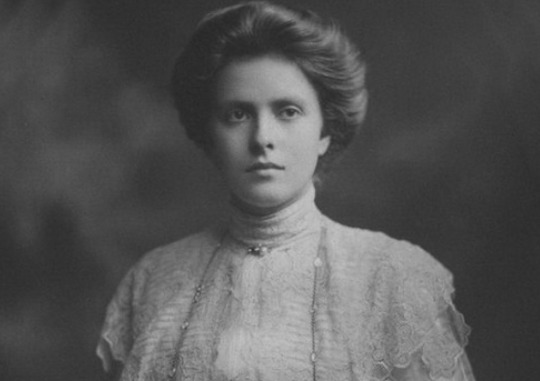
THURSDAY HERO: Princess Alice
Amazing story! Princess Alice was an unconventional royal who prioritized helping others over wealth and privilege. She devoted her life to good deeds and spiritual growth, and was notable among European royalty for taking Jews into her home during the Holocaust.
Princess Alice stood out for another reason: she was deaf from birth.
Born in 1885 at Windsor Castle, Alice was the great-granddaughter of Queen Victoria. She learned to lip read at a young age, and could speak several languages. Alice was widely regarded as the most beautiful princess in Europe.
At age 17, Alice fell in love with dashing Prince Andrew of Greece and they were married in 1903. Alice and Andrew had four daughters and a son. Their son Philip would later be married to Queen Elizabeth II. Alice communicated with her children mainly in sign language.
Political turmoil in Greece forced the royal family into exile. They settled in a sleepy suburb of Paris, where Alice threw herself into charitable work helping Greek refugees. Her husband left her for a life of gambling and debauchery in Monte Carlo.
Relying on the charity of wealthy relatives, Alice found strength in her Greek Orthodox faith. She became increasingly religious, and believed that she was receiving divine messages and had healing powers. She yearned to share her faith and mystical experiences with others, but instead was dismissed as mentally unhinged.
Alice had a nervous breakdown in 1930. She was committed against her will to a mental institution in Switzerland, with a dubious diagnosis of schizophrenia. Alice did not even get a chance to say goodbye to her children. Her youngest, 9 year old Philip, returned from a picnic to find his mother gone.
Alice tried desperately to leave the asylum, but was kept prisoner in Switzerland for 2 1/2 years. During that time, her beloved son Philip was sent to live with relatives, and her four daughters married German princes. Alice was not allowed to attend any of their weddings.
Finally, in 1932, Alice was released. She became a wanderer, traveling through Europe by herself, staying with relatives or at bed & breakfast inns. In 1935, Alice returned to Greece, where she lived alone in a modest two bedroom apartment and worked with the poor.
The Germans occupied Athens in April 1941. Alice devoted herself to relieving the tremendous suffering in her country. She worked for the Red Cross, organizing soup kitchens and creating shelters for orphaned children. Alice also started a nursing service to provide health care to the poorest Athenians.
In 1943, the Germans started deporting the Jews of Athens to concentration camps. Alice hid a Jewish widow, Rachel Cohen, and her children in her own apartment for over a year. Rachel’s late husband, Haimaki Cohen, was an advisor to King George I of Greece, and Alice considered it her solemn duty to save the remaining Cohen family.
Alice lived yards from Gestapo headquarters. When the Germans became suspicious of her and started asking questions, she used her deafness as an excuse not to answer them. Alice kept the Cohen family safe until Greece was liberated in 1944.
After the war, Alice founded her own religious order, the Christian Sisterhood of Martha and Mary, and became a nun. She built a convent and orphanage in a poverty-stricken part of Athens. Alice dressed in a nun’s habit consisting of a drab gray robe, white wimple, cord and rosary beads – but still enjoyed smoking and playing cards.
In 1967, after a Greek military coup, Alice finally returned to Great Britain. She lived at Buckingham Palace with her son Philip and daughter-in-law, Queen Elizabeth II.
Alice died in 1969. She owned no possessions, having given everything to the poor. Before she died, Alice expressed a desire to be buried at the Convent of Saint Mary Magdalene on the Mount of Olives in Jerusalem, but instead was laid to rest in the Royal Crypt in Windsor Castle.
In 1988, almost 20 years after she died, Alice’s dying wish was finally granted. Her remains were sent to Jerusalem, where she was buried on the Mount of Olives.
In 1994, Alice was honored by the Holocaust Memorial in Jerusalem (Yad Vashem) as Righteous Among The Nations. Her son Prince Philip said of his mother’s wartime heroism, “I suspect that it never occurred to her that her action was in any way special. She was a person with a deep religious faith, and she would have considered it to be a perfectly natural human reaction to fellow beings in distress.”
Video
164 notes
·
View notes
Text



The Meander pattern originated in ancient Greece, named after the winding Meander river of what is now Turkey. It often symbolizes eternity and all things infinite.

A notable example of the use of this pattern is Princess Andrew's Meander Tiara, which made its way to the British royal family through Prince Philip (more specifically, his mother). This more 'alternative' tiara is a personal favorite of Princess Anne, the only daughter of the late Queen Elizabeth II; she has worn it on many different occasions throughout the years.
#girlblogging#fashion blog#royal family#tiaras#jewellery#jewelry#bracelets#fashion#gold jewelry#silver jewelry#british royal family#princess anne
39 notes
·
View notes
Text





Royal Tiaras Highlights: the Meander Tiara
This tiara belonged to Princess Andrew of Greece and Denmark - born Princess Alice of Battenberg - the mother of Prince Phillip. The design suggests it was created in the early 20th century and there are reports that it was made around the turn of the century in France, perhaps by Cartier. The term “mender” is used in reference to the Greek key design that is featured on the band of the tiara.
Princess Alice gave the piece as a wedding gift to her new daughter-in-law, the then Princess Elizabeth, future Queen Elizabeth II. In 1972, the Queen gave the tiara to her only daughter Princess Anne. in 2011, Anne’s daughter, Zara Phillips, wore the piece on her wedding day to Mike Tindall.
50 notes
·
View notes
Text

Princess Alice of Battenberg and her husband Prince Andrew of Greece.
92 notes
·
View notes
Text
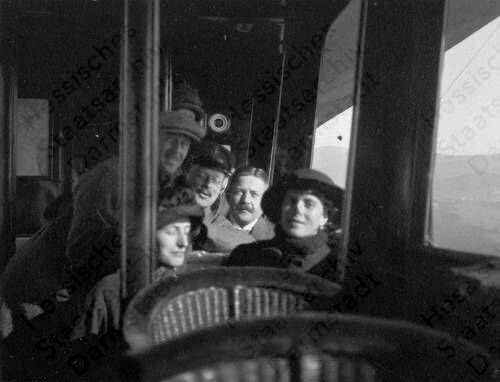
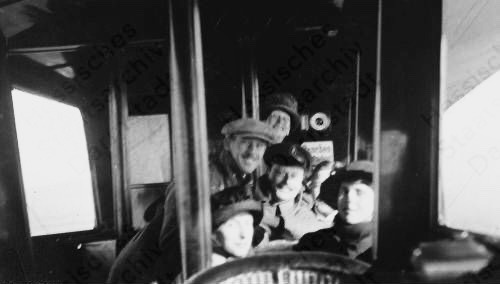
Grand Duke of Hesse and by Rhine, Ernst Louis, Princess Victoria of Battenberg and her family, Princess Alice and her husband Prince Andrew of Greece and Denmark and Princess Louise 1900s.
#ernst louis#Victoria of Battenberg#alice of battenberg#louise of battenberg#prince andrew of greece and denmark#1900s#hessian royal family#grand duke ernst louis of Hesse and by Rhine
25 notes
·
View notes
Text

Wedding event of Prince Andrew of Greece and Denmark and Princess Victoria Alice Elizabeth Julia Marie of Battenberg
German vintage postcard
#postcard#ansichtskarte#briefkaart#photography#greece#carte postale#vintage#postkarte#photo#historic#marie#postkaart#event#victoria alice#princess#ephemera#prince andrew#julia marie#sepia#julia#denmark#wedding#andrew#alice#prince#elizabeth#battenberg#victoria#battenberg german#german
1 note
·
View note